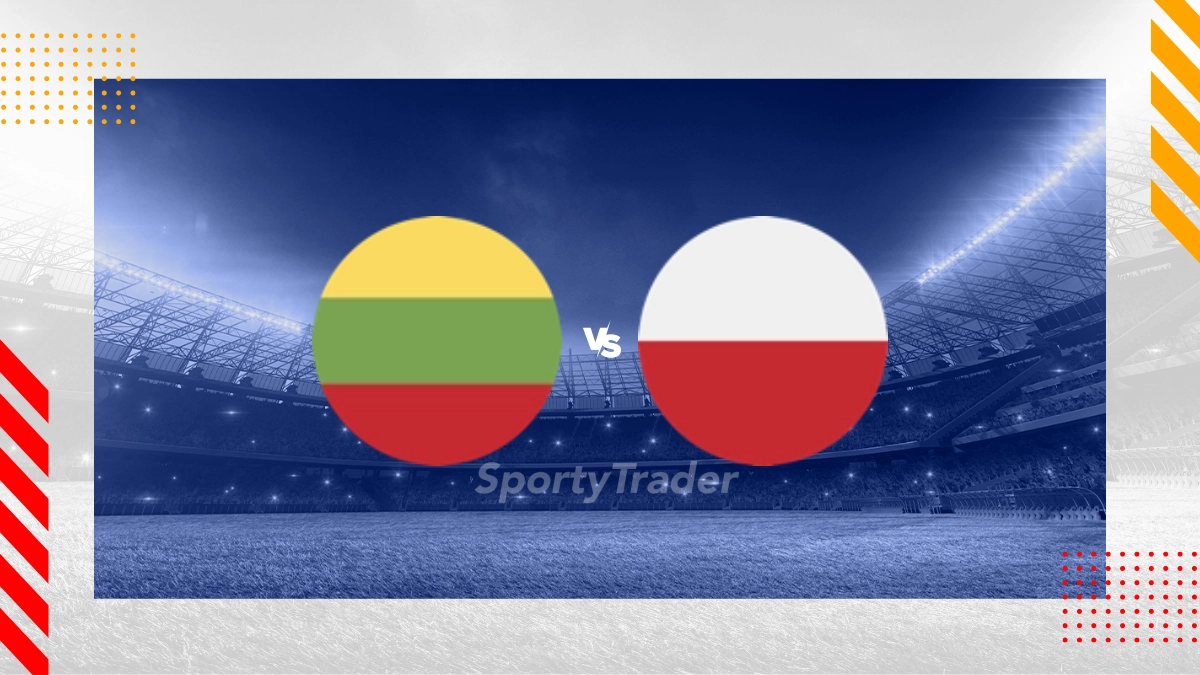Lithuania vs Poland: Understanding the Historic Rivalry

Introduction
The rivalry between Lithuania and Poland is deeply rooted in history and has shaped the political and cultural landscapes of both nations. With their shared past and intertwined destinies, the dynamics between Lithuania and Poland are not merely a matter of sports or politics; they also encompass issues of national identity and regional stability. Understanding the current state of this rivalry, especially in the context of modern geopolitical challenges, is crucial for grasping the complexities of Eastern European relations.
Historical Context
The historical ties between Lithuania and Poland date back to the 14th century, when the Grand Duchy of Lithuania and the Kingdom of Poland formed a powerful alliance known as the Polish-Lithuanian Commonwealth. This union allowed both nations to flourish in trade, culture, and military strength. However, by the end of the 18th century, the partitions of Poland led to a loss of sovereignty for both nations, creating a sense of shared victimisation that would later influence nationalist movements in the 19th and 20th centuries.
Modern Relations
In contemporary times, relations between Lithuania and Poland have seen both cooperation and tension. As members of the European Union and NATO, they share common interests in security and economic development. However, historical grievances still loom large. Issues such as the treatment of ethnic Poles in Lithuania and disputes over minority rights have occasionally sparked diplomatic tensions.
Moreover, the geopolitical landscape has changed with the ongoing conflict in Ukraine and rising tensions with Russia. Both countries find themselves united in their desire to enhance regional security and foster a robust transatlantic alliance, which has prompted recent collaborative efforts, including military exercises and economic partnerships.
Recent Developments
In 2023, discussions surrounding energy independence and infrastructural projects have brought Lithuania and Poland closer together. The two nations have been collaborating on energy initiatives to reduce dependence on Russian resources, enhancing their energy security. Recent joint ventures in renewable energy also mark a significant step towards sustainable development.
Conclusion
The rivalry between Lithuania and Poland is emblematic of both the historical complexity and the modern challenges facing Eastern Europe. While the past continues to shape attitudes, current geopolitical realities have provided both nations with opportunities for collaboration. As they face external threats and work towards a deeper partnership, the future of Lithuania vs Poland could see a shift from rivalry towards mutual respect and cooperation. These changing dynamics will be crucial for regional stability and can serve as a model for other nations grappling with historical divides.
